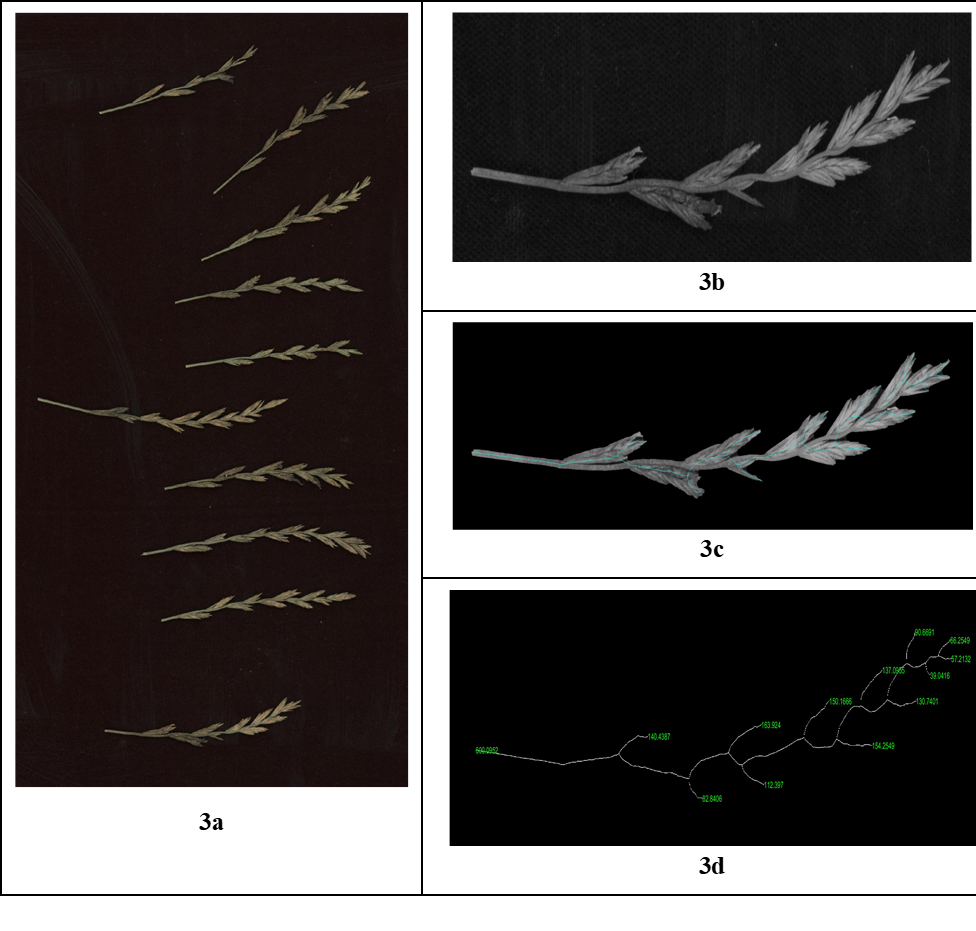By Joan Barreto Ortiz
I am a new graduate student on the Plant Breeding/Molecular Genetics track in the Applied Plant Sciences program at the University of Minnesota. I did my undergraduate degree in Agronomy at the Universidad del Tolima in Colombia, where I am originally from. One of my main objectives for my current project is to develop novel systems that attempt to understand the genetics of seed shattering—the seed loss due to detachment from the spike—in perennial ryegrass (Lolium perenne L.) seed production and strategies that can be used to breed for better seed retention.
What is shattering?
Shattering is the main cause of yield reduction in perennial ryegrass seed production. This trait, also known as seed shedding, dispersal or dehiscence, refers to the mechanical separation of the seed from the plant due to the partial or complete formation of the abscission layer in the abscission zones (AZ) of the spike (sometimes called panicle), which is the inflorescence or vegetative structure holding the seeds (Figure 1 and Figure 2). In other words, the tissue holding the seeds together cracks and disperses them before and/or during harvesting. Although this is a convenient mechanism that plants use to spread their offspring and guarantee their propagation, seed shattering negatively affects seed production systems because a significant amount of seed remains on the ground. Therefore, seed retention has been a fundamental breeding goal for crops including maize, rice and soybeans, where the genes controlling the trait have been identified and used to produce nonshattering cultivars with outstanding yields.
How do we control shattering?
Shattering is influenced by both environmental factors (soil nutrition, rain, wind, animals, etc.) and genetics. It could be possible to reduce seed shattering in perennial ryegrass with agronomic management including fertilization and plant growth regulators, but these do not represent stable solutions; moreover, agronomic approaches may increase the production costs and alter the cultivar performance. A more sustainable approach will be to learn the genetics underlying this trait, i.e. identifying alleles (or versions of genes) that significantly affect the trait so they can be targeted in breeding strategies. Unfortunately, little is known about the genetic architecture of seed shattering in perennial ryegrass; one of the main reasons is the lack of efficient and accurate methods to phenotype (measure) the trait. Without a phenotyping system that accounts for substantial variation within a population, it is very difficult to identify loci (regions in the DNA) associated with the trait.
The problem of finding variation for seed shattering
Seed shattering in perennial ryegrass is commonly phenotyped in a qualitative manner, overlooking its quantitative nature. Cultivars are usually classified or labeled for shattering based on arbitrary categories such as low, medium, high, etc. However, there is no clarity among the thresholds delimiting these categories and often this results in subjective and inaccurate measurements. In addition, other morphological traits within the spike could be correlated to shattering and therefore phenotyped to increase accuracy, but adding them will significantly increases the amount of labor required and could compromise the quality of the data as it also adds more sources of error. Nonetheless, categorizing shattering qualitatively is by far less laborious than measuring the AL and other spike features in 30 or more plants per cultivar, which is typically the number suggested to find representative distribution within a cultivar. But how do we balance the amount of work required to phenotype versus the quality of data that we require to establish reasonable assumptions?
A proposed solution: I won’t do it, but my computer will
One of my approaches to quantify seed shattering in perennial ryegrass involves looking at multiple within-spike morphological features using image-based phenotyping techniques while scoring seed shattering. I am currently phenotyping a few thousand spikes collected from almost 100 cultivars replicated four times under field conditions in St. Paul, MN. I am using a common flatbed scanner to obtain 2D images that will be further processed in Matlab, a computer programming environment that has multiple algorithms and tools that facilitate image transformations, object recognition, and machine learning techniques to find morphological patterns (Figure 3). Shattering is induced by placing the spikes inside a bottle that is dropped from a 4-foot height three times. This method causes mechanical disruption without breaking the spikes, which are later weighed as is the shattered seed. Although this is a laborious procedure, the system produces a large amount of novel phenotypic data in a relatively short time. I estimate it will take a maximum of 30 seconds to obtain an image with 10 spikes and their individual features once the system is fully automated and optimized, whereas dissecting only one spike and measuring basic morphological features could take at least one minute. An ideal situation would be to find within-spike traits highly associated to seed shattering, but regardless of whether this occurs, we will make reliable conclusions from the first image-based and high throughput phenotyping system for panicle morphology in perennial ryegrass.
How is it relevant?
Image analysis techniques guarantee the collection and analysis of multiple traits in a rapid and accurate manner. This information is relevant in genetic studies where substantial phenotypic variation is necessary to detect genotypic variation, i.e. genomic regions associated with traits of interest. I will continue working toward the improvement of my current spike morphology phenotyping systems by looking at its relationship to seed shattering. With abundant phenotypic variation from a diverse collection of genetically diverse cultivars, it is possible to conduct genetic studies to unveil underlying genetics controlling seed shattering in perennial ryegrass. Ultimately, reducing seed shattering in new cultivars will improve seed yields to the benefit of both grass seed producers and consumers.
This research is part of the “Increasing Yields in Perennial Ryegrass Seed Production” project funded by the Minnesota Department of Agriculture.

